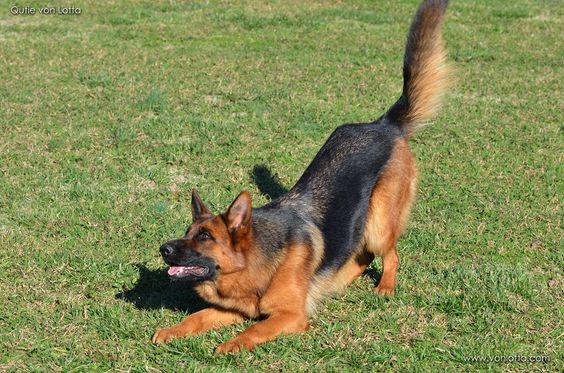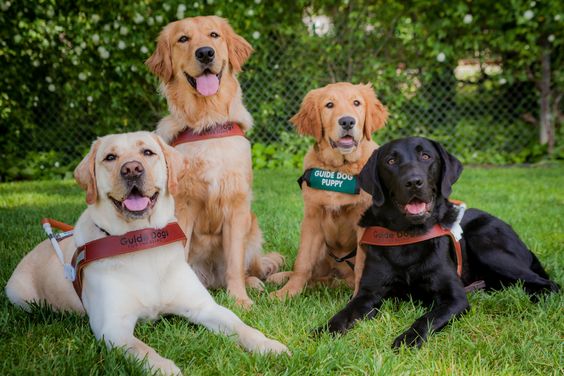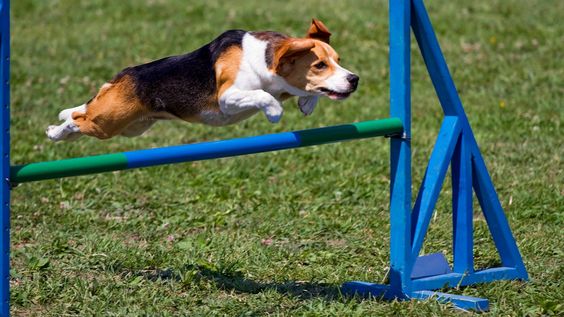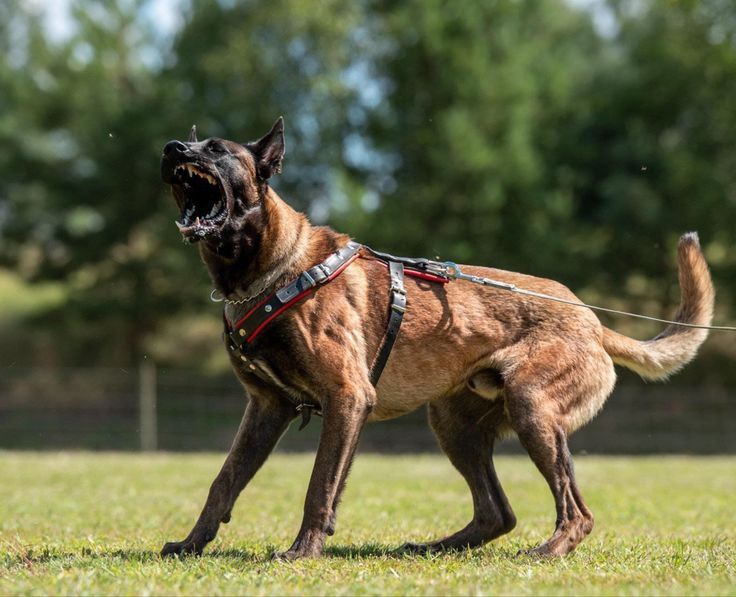Paws and Peaks: Alpine Adventures with a Well-Trained Dog
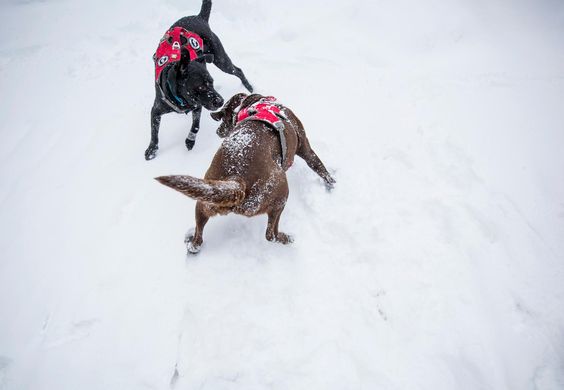
Introduction
Well-Trained Dog Imagine crisp mountain air, stunning vistas of snow-capped peaks, and the joyful camaraderie of exploring the great outdoors with your furry best friend. For outdoor enthusiasts who are also proud pet parents, the idea of embarking on alpine adventures with a well-trained dog is not just a dream but a delightful reality. In this blog, we’ll dive into the joys and challenges of hiking, camping, and exploring the alpine terrain with your canine companion.
The Perfect Companion
One of the most rewarding aspects of outdoor adventures is sharing them with a loyal companion who shares your enthusiasm for exploration. Dogs, with their boundless energy and unwavering loyalty, make perfect adventure buddies. But not just any dog will do for alpine escapades; a well-trained dog is essential for ensuring a safe and enjoyable experience for both you and your furry friend.
Training for Adventure
Before hitting the trails, it’s crucial to invest time and effort in training your dog for the unique challenges of alpine terrain. Basic obedience commands such as “sit,” “stay,” and “come” are essential for keeping your dog safe and under control, especially in potentially hazardous situations. Additionally, leash manners are crucial for respecting other hikers and wildlife while navigating narrow paths and steep inclines.
Furthermore, acclimating your dog to various environmental stimuli such as uneven terrain, unpredictable weather conditions, and encounters with wildlife will help minimize stress and anxiety during your adventures. Training sessions should be conducted in progressively challenging outdoor settings to build your dog’s confidence and resilience.
Gear Up
Equipping your furry companion with the right gear is key to ensuring their comfort and safety on alpine adventures. A sturdy, well-fitting harness will provide better control and support than a collar, especially on rugged terrain. Additionally, a lightweight and collapsible water bowl, plenty of fresh water, high-quality dog food, and nutritious snacks will keep your pup energized and hydrated throughout the journey.
Protective booties can prevent injuries from sharp rocks, abrasive surfaces, and extreme temperatures, while a reflective vest or collar enhances visibility, particularly during early morning or late evening hikes. Lastly, don’t forget to pack waste bags to practice Leave No Trace principles and minimize your environmental impact.
Know Your Limits
While exploring the alpine wilderness with your canine companion can be incredibly rewarding, it’s essential to be mindful of your dog’s physical limitations. Consider factors such as breed, age, fitness level, and health status when planning your adventures. Start with shorter hikes and gradually increase the difficulty and duration as your dog builds endurance and strength.
Be vigilant for signs of fatigue, dehydration, overheating, or discomfort, and be prepared to adjust your plans accordingly. Always prioritize your dog’s well-being and never push them beyond their limits.
Respect Nature and Others
As responsible stewards of the environment, it’s essential to respect wildlife, adhere to trail regulations, and minimize your ecological footprint while enjoying alpine adventures with your dog. Keep your dog leashed in designated areas to prevent disturbances to wildlife and other hikers. Avoid sensitive habitats such as meadows, streams, and alpine vegetation to protect fragile ecosystems.
Additionally, practice proper waste disposal by bagging and carrying out your dog’s waste, even in remote wilderness areas. Leave the natural beauty of the alpine landscape undisturbed for future generations to enjoy.
Conclusion
Alpine adventures with a well-trained dog offer boundless opportunities for exploration, bonding, and unforgettable memories in the great outdoors. By investing time in training, equipping your furry companion with the right gear, and respecting nature and others, you can embark on exhilarating escapades with confidence and peace of mind. So leash up your pup, pack your backpack, and set off on a paw-some journey to conquer the peaks together!
Paws and Peaks: Alpine Adventures with a Well-Trained Dog Read More »

